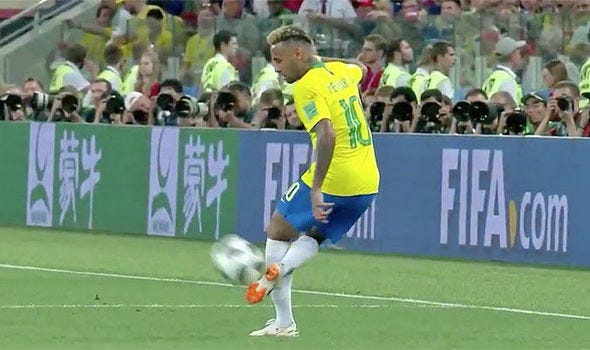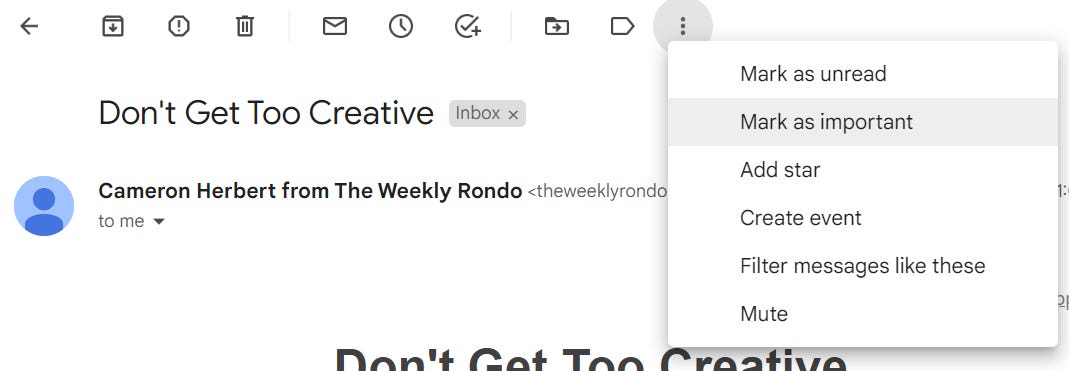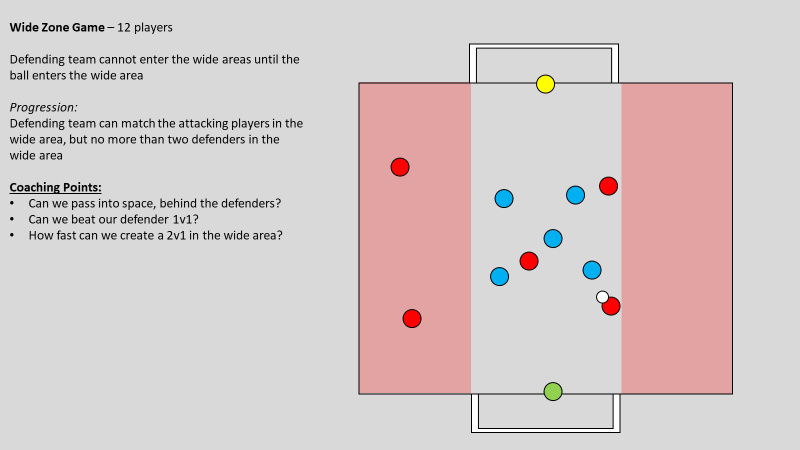Good morning! I want to talk about different dribbling techniques and ideas.
Before we start, please check that The Weekly Rondo is marked as “important” in your inbox. Each week just under 50% of The Weekly Rondo readers open the newsletter from their inbox - that means you aren’t being shown the latest issue easily.
Neat Reads
Neat Reads is a segment where I share an article or podcast that interests me and relates to our weekly theme.
I want to share an episode from the Modern Soccer Coach podcast that featured Peter Pricket (twitter) who has based his youth training around 3v3 small-sided games.
It’s a great listen from a great coach.
Unrelated to our theme, I wanted to share a “research” article I wrote that looks at how our players approach learning, reflection and analysis off of the football pitch. You can find that article on my Medium page here.
Different types of dribblers
I want to take a quick look at three different players. Mahrez is our “one versus one” example, Mbappé is our “run in behind” example and Neymar is a combination of the two.
https://twitter.com/_BeFootball/status/1516793396630888452
Mahrez stops the ball with his right foot, leans in towards the defender to entice him to commit, shifts the ball to his right once the defender steps and beats the defender.
https://twitter.com/sammyh_93/status/1371380881953329152
Mbappé runs in behind and slows down once the defender comes close, waiting for a cue from the defender that shows he’s committing to the challenge, then bursting with pace for a second time to create some space for himself before having a shot on goal.
https://twitter.com/TKnowledgeiskey/status/1608824367374553089
Neymar is an excellent example of a player who could beat players with pace or one versus one.
Neymar is one of the most remarkable players of our generation.
Coaches Corner
Coaches Corner is a segment where I ramble about training this week and answer some questions I get from Substack or Twitter.
Ramblings
Players with natural flair and dribbling ability aren’t as keen to make a run in behind like Mbappé does.
Unless you’re the best in the world at beating defenders one versus one, or an incredible athlete, it’s important to have an understanding of both dribbling skill sets: one versus one ability and knowing how to use your athleticism.
If all you can do is run in behind, you’ll struggle to beat the defenders when they sit deeper.
If all you can do is try to beat your defender one versus one, you’ll struggle against a better defender.
While athletic players are easier to convince to attempt to beat their defender one versus one, they’re not as effective as beating their defender.
The opposite is true for the one versus one player; taking a player who is a great one versus one attacker and teaching them to make runs in behind is a much smoother process because they were already likely good enough athletes anyways.
The issue I see in youth development is that there is so much emphasis on ball mastery (and rightfully so) that we don’t pay enough attention to the more direct option running in behind.
It isn’t exciting but balance is necessary.
Q&A
Is it easier to make a bad player good or a good player amazing?
I think it’s easier to make a bad player good because raising the technical floor of a player can be done over time with the appropriate curriculum.
The “amazing” player is only better than the good player because of how quick they make decisions and perform actions, in my opinion.
Often times both the amazing player and the good player make the same decisions, but the amazing player might see it faster and execute the action faster.
Thanks for the question Alex!
Questions can be asked directly through Substack (see the button below) or via Twitter DMs!
Exercise of the Week
This is a great game for encouraging attackers to play a pass into space behind defenders. Once that idea has been practiced enough, the progression allows for attackers to try to beat their defender one versus one or to combine with a second attacking player.
Conclusion
Thanks for reading this week!
I’m always interested to hear your thoughts and ideas so please feel free to send me a message on Twitter or leave a comment above in the Q&A section.
Share this newsletter with a friend or every single person you have ever met.








I agree; it's easy to make a bad player good than to make a good player amazing. Most of the already-good-players, their playing style occurs to them naturally and are not easily amenable to any changes. Moreover, they need microscopic attention to notice minute deficiencies in their playing style. That's not an easy job for a coach. For a bad player you just start from the bottom to the top. I guess that's why the best players in youth teams, are not the best players at senior level.